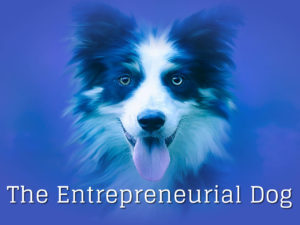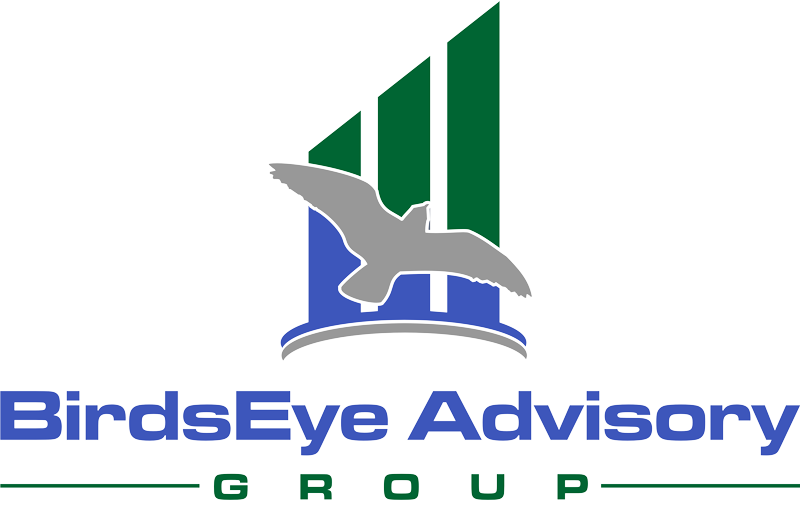
This is the sixth of a seven-part series where each installment takes a look at an innate ability of dogs and what business people can learn from our four-legged companions. This article talks about how dogs communicate with intent and integrity.
Creating Alignment
By Randy Culver
We enjoy our dogs for the “curious-perplexed look” they occasionally give us. You know the look I’m referring to, the one where your dog stares back at you, with their ears perked up, eyes forward and focused, and most comical, their head titled slightly left or right. We simply have to smile back at this endearing facial expression, where It seems as if they are trying to understand you, probing you for deep insight. It turns out they likely are.
Dogs are a social species and have developed a remarkable ability—they seek to understand and leverage human intent. All social species have skills that allow them to operate within a group of their own, but only a handful of animals, dogs included, apply these skills outside of their own kind.
Brian Hare, at Duke University’s Canine Cognition Laboratory, has been a leading researcher into this behavior. In one of his experiments, a single treat is hidden between two or three locations prior to a dog entering the room and after the dog enters the room, a human points statically to one of multiple locations. Dogs look for and respond to the queue. They enlist their human companions in solution finding. This may not necessarily imply a high level of cognition, but note that wolves and chimpanzees do not exhibit the same behavior. Even with the deliberate cue, they continue to test the alternatives in a random manner to find the reward.
Dogs have a highly-evolved and certainly human-selected skill for not only understanding intent but also gaining pleasure from acting (correctly) on that understanding. This is what makes our canine partners so trainable. Dogs likely comprehend intent mostly through pattern-recognition, using their highly-tuned sensory skills to note small, repetitive clues, many of which their human companion may not even be aware they are giving.
Whether its basic obedience training or being trained to function in a highly-trained service capacity, dogs discern intent and modify their behavior to align. Through positive rewards, we reinforce to them the value of being aligned. But, I believe it is much more than treats and rewards shaping their behaviors. Dogs have an innate ability and desire to understand and align with human intent.
Let’s turn this inside out for this article’s management thought.
Our employees and staff also have a strong desire to understand intent and take appropriate actions. Like professional dog trainers, who know to give strong and clear clues to convey their intent with clarity, we as managers need to take the actions that enable our teams to perform with certainty and purpose. There is no more powerful management tool than alignment of the organization.
There are many management techniques that have been created to build alignment within organizations. Mission statements, core ideologies, strategic plans, key objectives/results, individual performance reviews, etc. are some that easily come to mind. Often times entrepreneurs purposely avoid these seemingly “big company” processes. I understand the need for an organization to be fluid, particularly in the start-up phase, but these tools can be effectively used early on if they are allowed to be dynamic, not created and then put aside until the next annual cycle.
Fundamental to creating alignment is eliminating confusion. Your co-workers in the workplace are much more reserved than your dog at home, particularly in their facial expressions. You shouldn’t expect the team assembled at the table to tilt their heads to one side when something is unclear! The need for clarity is fundamental to avoiding misdirection, avoiding energy being expended in the wrong direction.
Communicate the goals, both long-reaching and short-term. Write down the plans and expected results so that everyone knows what is to be accomplished and with what outcomes. Reinforce plans and desired results by taking about them regularly. The better and more frequently the intent is communicated, the more insight everyone has with the desired direction.
My wife Susie is lovingly animated. I chuckle as I watch Oliver and Heidi follow her around the house or into the yard, seeking to figure out what’s next. She gives direct constant clues, both verbally and through patterns, that both dogs have learned, and they take great pleasure in being aligned with the plan, whether it’s a walk, dinner time, or poop-patrol in the backyard, as she calls it. Yes, not everything about dog ownership is entertaining and joyful.
Dogs are amazingly accomplished at being aligned with their human companions. It may be what we enjoy most about them. This alignment is much of what behaviorally defines them and has made their species so successful. Our dogs are not omniscient; just adept at picking up on clues.
As a leader, your team wants to understand your intent, to decide how they can best contribute. Knowing the powerful results of alignment, a successful entrepreneur uses verbal, written, and visual communication to align and multiply the talents within their organization.
Continue The Entrepreneurial Dog Series HERE.
Randy Culver is a successful entrepreneur and founder of two satellite telecommunications companies where he has been an executive manager for the past 20+ years. He has proven experience in establishing and managing a product-based business from initial formation through revenues of >$50M. Randy and his team recently won the regional Ernst & Young Entrepreneur of the Year award. Randy has a Bachelor of Science from Virginia Tech and a Masters in Electrical Engineering from Purdue University.
Although Randy works outside of the pet industry, he knows that core business principles are fundamental to the success of any business. Randy and his wife Susie live in Colorado where they enjoy the companionship of their two dogs. Randy can be reached at randy@amergint.com.
